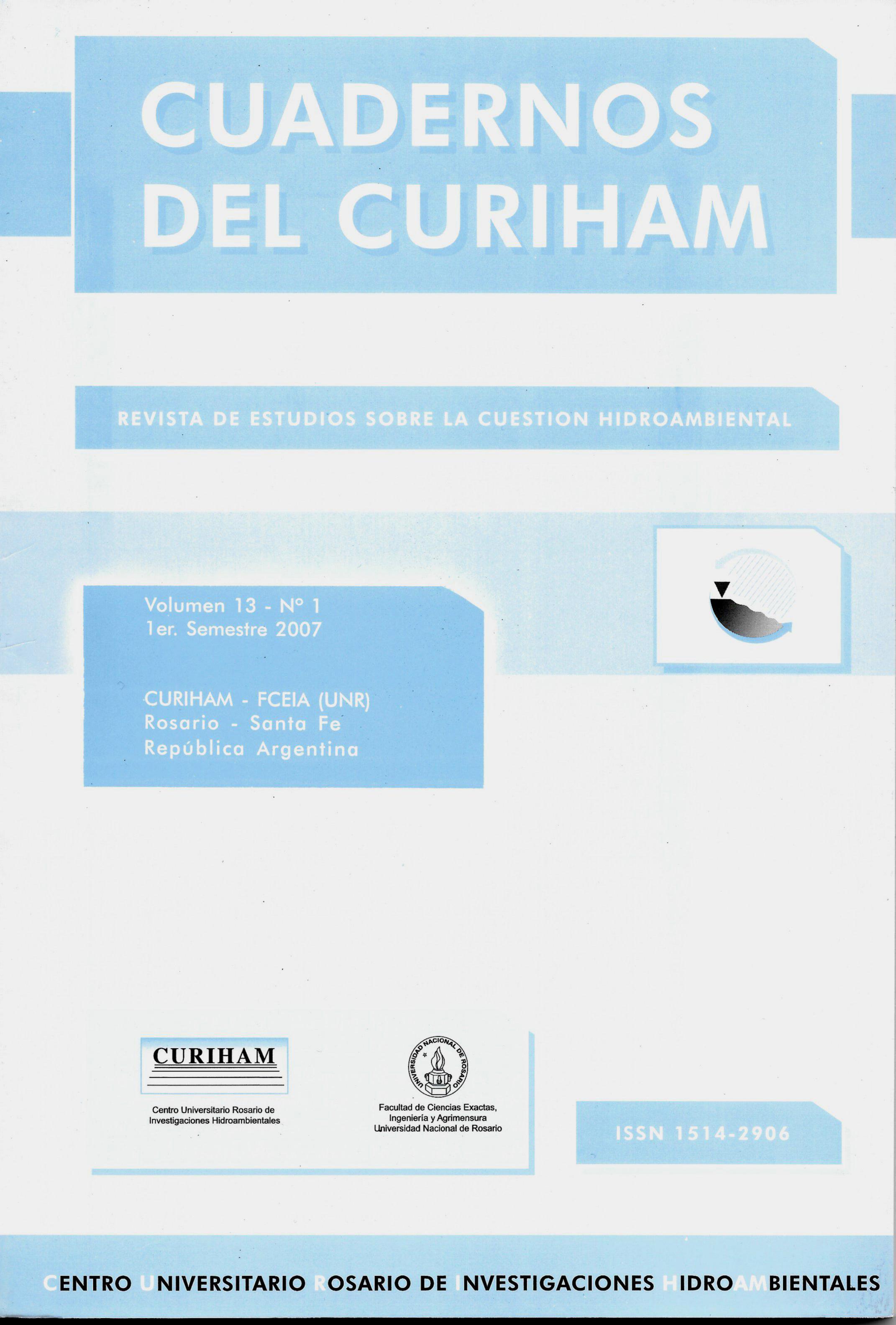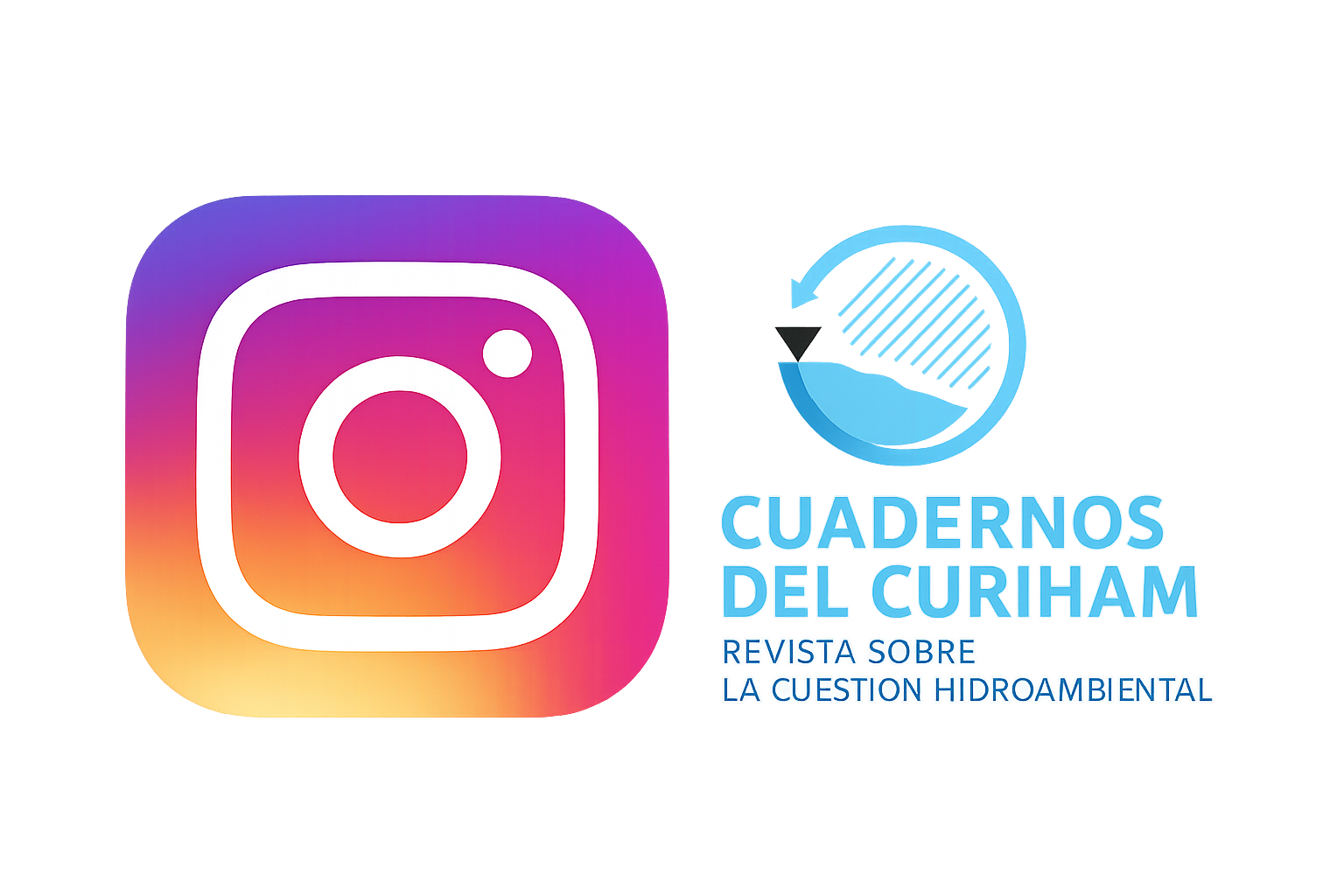Uso del suelo y grado de cobertura vegetal en una cuenca del centro de la provincia de Buenos Aires
DOI:
https://doi.org/10.35305/curiham.v13i0.83Palabras clave:
Cobertura vegetal, Uso del suelo, TeledetecciónResumen
El uso del suelo y el grado de cobertura vegetal son parámetros importantes para estimar la potencialidad de
escurrimiento superficial y erosión en una cuenca, y además para evaluar el desarrollo de cultivos,
producción, etc. En este trabajo se evalúa la variación del uso del suelo y de la cobertura vegetal porcentual a
lo largo de un año (abril de 2005 hasta marzo de 2006) en una cuenca agrícola ganadera del centro de la
provincia de Buenos Aires, Argentina. Este ciclo anual, mientras no se produzcan modificaciones de
estructura productiva de la zona, puede ser válido para muchos años más. Para lograr el objetivo buscado, se
recurre a técnicas de procesamiento digital de imágenes satelitales y de sistemas de información geográfica.
Así se determina el uso del suelo por medio de clasificación no supervisada de las imágenes. A cada uso
luego se le asigna su cobertura porcentual estimada de manera conjunta según mediciones a campo y de
acuerdo al estado fenológico, si se trata de cultivos. Se obtuvieron 12 categorías de uso a lo largo del año, a
las que se agregan lagunas, afloramientos rocosos y montes. Los resultados muestran menores grados de
cobertura en invierno, y presentan un mínimo del 66 % en septiembre, para luego crecer hasta alcanzar un
máximo del 92 % en febrero y marzo, en el apogeo de los cultivos de soja y maíz.
Descargas
Descargas
Publicado
Cómo citar
Número
Sección
Licencia
Derechos de autor 2007 María Guadalupe Ares, Marcelo Varni, Ilda Entraigas, Martín Marzoratti

Esta obra está bajo una licencia internacional Creative Commons Atribución-NoComercial-CompartirIgual 4.0.



























